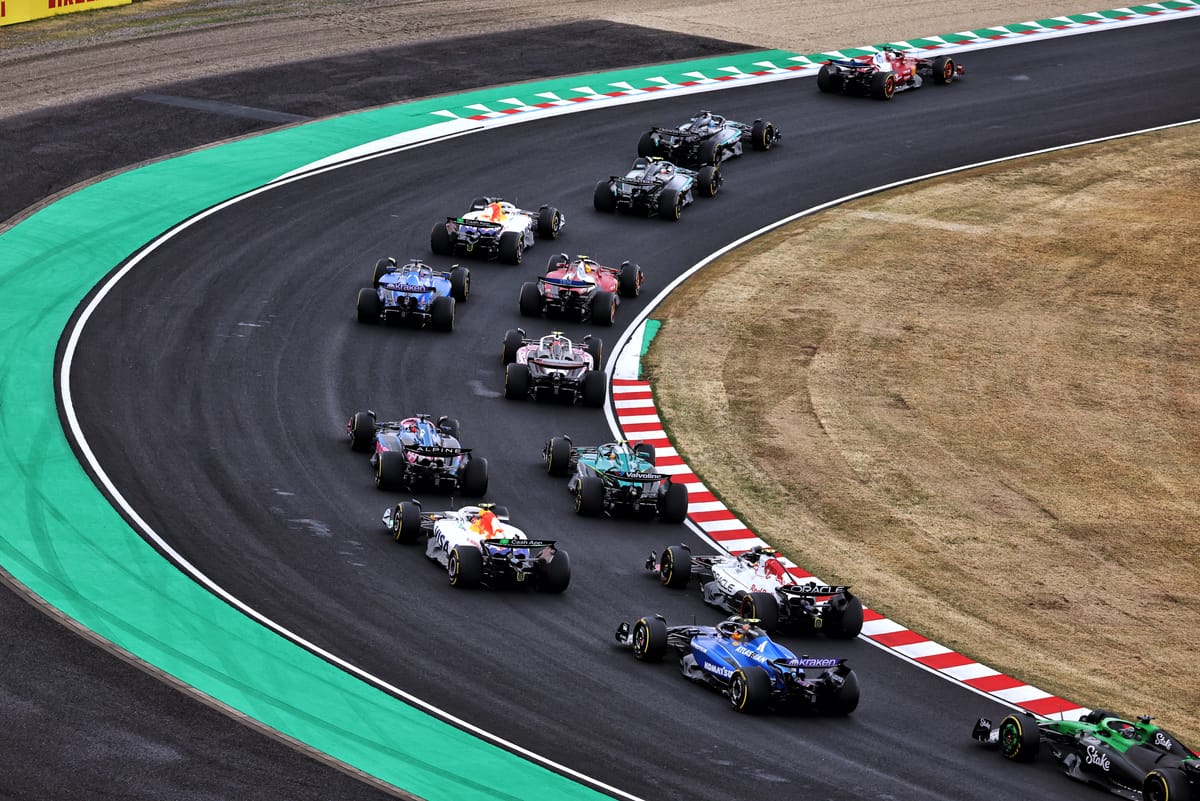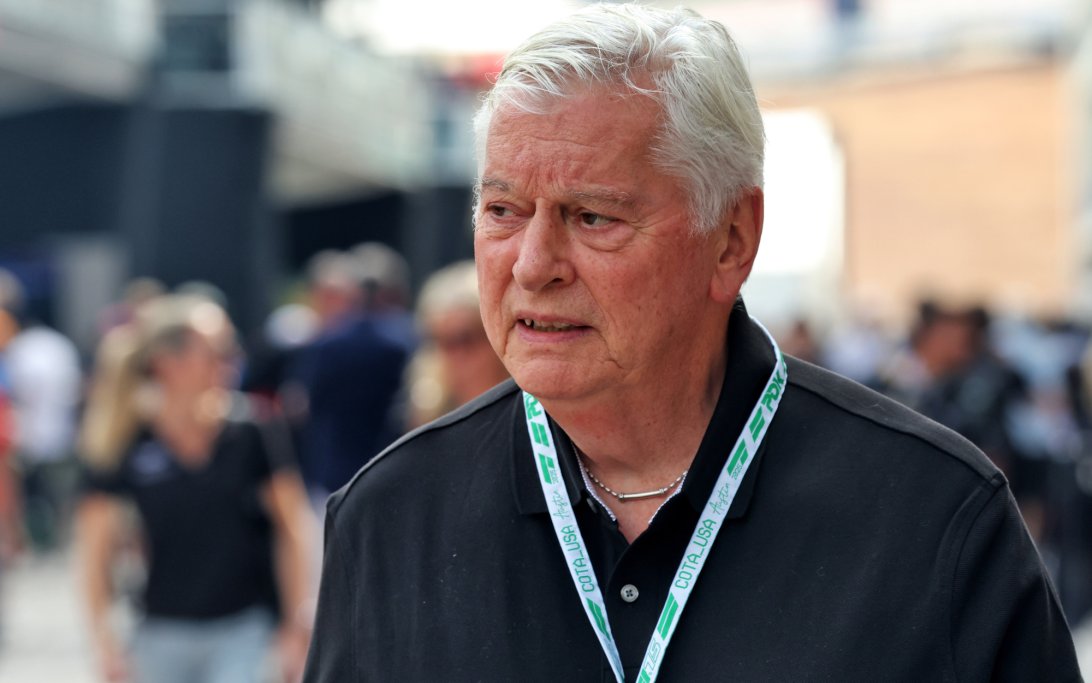
F1 2026 Engine Line-Up: Who Powers Each Team?
Formula 1's 2026 rules cycle will see five engine manufacturers provide power units until 2030, a notable increase from the current setup. Audi and a Ford-supported Red Bull Powertrains are joining Ferrari, Mercedes, and Honda, marking a significant shift in the sport's power landscape.
Why it matters
This expansion aims to boost competition and sustainability within F1. New entrants and renewed partnerships signal a strategic realignment for many teams, with long-term implications for performance and development.
The Engine Suppliers
- Red Bull - Red Bull Powertrains (Ford): Transitioning from Honda to an in-house power unit developed with Ford.
- Mercedes: Continues with its long-established works operation based in Brixworth and Brackley.
- Ferrari: Retains its status as F1's only true works team, developing all components at Maranello.
- McLaren - Mercedes: Extended their successful partnership until at least the end of the 2030 season.
- Aston Martin - Honda: Honda returns as a full works supplier, providing exclusive engines from 2026.
- Alpine - Mercedes: Switching from its in-house Renault engine program to Mercedes power units.
- Williams - Mercedes: Continues its partnership, which began in 2014, into the new regulatory era.
- Racing Bulls - Red Bull Powertrains (Ford): Will utilize the same Red Bull Powertrains unit as the senior Red Bull team.
- Audi: Joining F1 as a new manufacturer, taking over Sauber, with ambitious targets to fight for wins within three years.
- Haas - Ferrari: Extended its partnership with Ferrari, securing engine supply until the end of 2028.
- Cadillac - Ferrari (initially): F1's newest team will initially be powered by Ferrari, with plans for a General Motors works engine by 2029.
What's next
Teams are now deeply engaged in developing their 2026 power units. Audi faces an aggressive timeline, while Cadillac's long-term goal of an in-house GM engine highlights the future evolution of F1's technical landscape.
Original Article :https://www.the-race.com/formula-1/2026-f1-team-engines/










